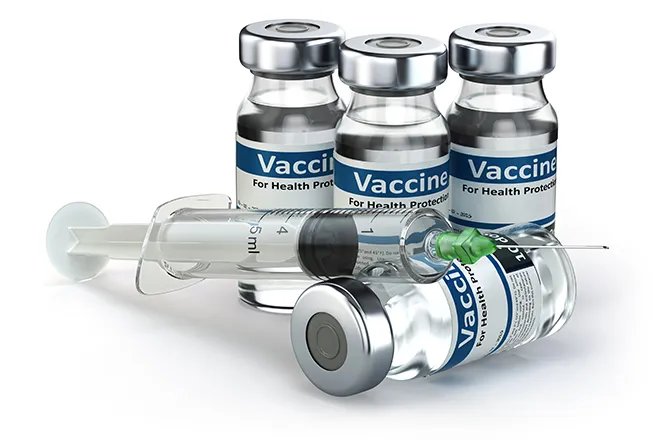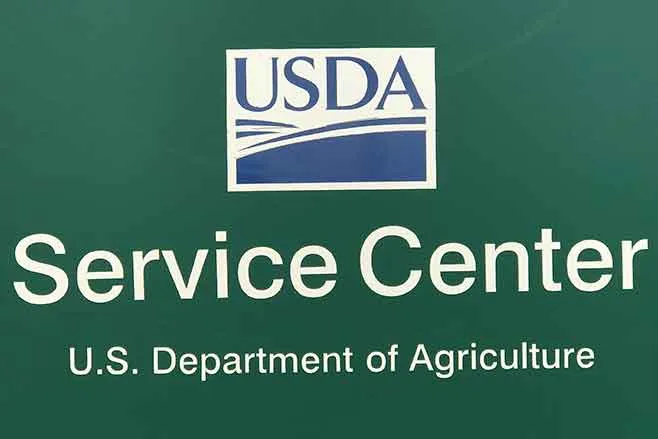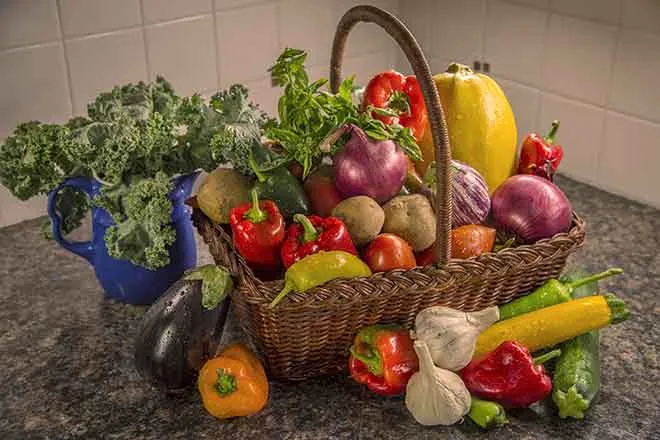
Dear Dietitian – Were diets in the 1950s healthier?
Dear Dietitian,
I’ve recently stumbled upon a few articles touting a return to the diets of the 1950s, which were influenced by war-time rationing. They say people ate healthier. What are the pros and cons of following a typical diet from that era?
Rick
Dear Rick,
These days there are several ways to eat healthy, and sometimes this can be confusing for people. Recently, there has been an interest in returning to a 1950s style of eating, but did people really eat healthier back then?
While it is true that foods were rationed, whether or not this led to healthier eating is unclear. Careful planning was in place so that everyone was allowed enough to eat, with men having a 3,000 calorie per day allotment, which is more than is recommended today. While rations were meant to be used by the named recipient, a bartering system developed so that people were sure to obtain the commodities they felt they needed. Even though sugar was restricted, corn syrup was substituted in recipes (1). It is more likely the difference in lifestyle that contributed to a healthier diet than rationing of goods.
There are several differences in American life today as compared to the 1950s. For starters, the median American household income was $5,000. That means that half the population made more than $5,000 a year, and half made less. In 2019, the median household income was $63,000 (2). For every dollar spent on food in 1955, 25 cents went to restaurants; now it is more than half (3). Much of this includes high-calorie foods like pizza, burgers, and fries, which brings us to another big difference: portion sizes! Compare portion sizes of foods from the 1950s to today (4):
| 1950s | Today |
Soda | 7 oz. | 30+ oz. |
Hamburger | 3.9 oz. | 12 oz. |
French Fries | 2.4 oz. | 6.7 oz. |
Interestingly, there are some areas of our diets that are actually healthier today than back then. Vegetables were often overcooked, decreasing their nutritive value. Today we are careful to prepare vegetables al dente in order to preserve nutrition. We have also been educated to choose lean proteins, even if sometimes we prefer not to. Seldom is animal fat used as a seasoning. When I was growing up, we kept a tin of bacon grease on the stove to season vegetables and fry meats. There is no such tin in my kitchen today.
We could definitely benefit from getting back to the basics. Enjoy a home-cooked meal for dinner with fruits and vegetables filling half the plate. Eat dinner as a family; it is one of the most important activities you will share with your children. Dine out as a treat instead of a convenience. And as always, keep it simple, and be healthy!
Dear Dietitian
References
- Rationing (n.d.) Retrieved from https://en.wikipedia.org/wiki/Rationing
- PK. Household Income Percentile Calculator for the United States. (n.d.) Retrieved from https://dqydj.com/household-income-percentile-calculator/#What_was_the_United_States_median_household_income
- Rogers, K. Restaurant spending set to hit high in 2019 as consumers spend more of their budget on dining out (Aug 19, 2019). Retrieved from https://www.cnbc.com/2019/08/19/americans-putting-more-of-their-budget-toward-eating-out.html
- Rickert, K. 5 Reasons Why We Should Eat Like It’s the 1950s Again! (Mar 15, 2015) Retrieved from https://www.franciscanhealth.org/news-and-events/news/5-reasons-why-we-should-eat-its-1950s-again

















